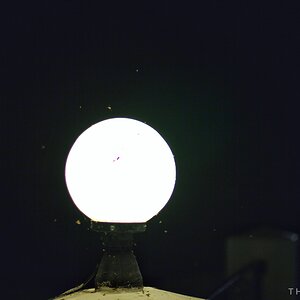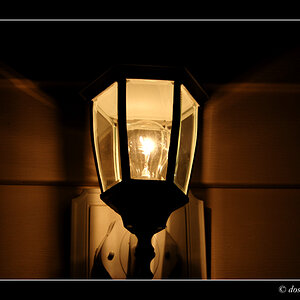santino
No longer a newbie, moving up!
- Joined
- Jun 17, 2004
- Messages
- 2,299
- Reaction score
- 54
- Location
- Austria, heart in Poland -->
- Website
- www.artofart.com
hi all!
here's the story, last friday I've been to Vienna and saw that cute Fed 2 (B) in a old box in a photographic store (for condition see pictures ). the shutter worked fine though the curtains were a bit dry and the viewfinder was dimm/dirty/greasy. I just had to get it, it was only 5 euros!!! back at home I disassembled my new "fedka", did a CLA and it's one of the best russian rangefinders I've ever had (notice the large distance of the rangefinder to the viewfinder, yah baby, it's the contax rangefinder, better accuracy than a normal one). the vulcanite is a bit damaged but it doesn't bother, I was lucky that all of the rust got off
). the shutter worked fine though the curtains were a bit dry and the viewfinder was dimm/dirty/greasy. I just had to get it, it was only 5 euros!!! back at home I disassembled my new "fedka", did a CLA and it's one of the best russian rangefinders I've ever had (notice the large distance of the rangefinder to the viewfinder, yah baby, it's the contax rangefinder, better accuracy than a normal one). the vulcanite is a bit damaged but it doesn't bother, I was lucky that all of the rust got off 







here's the story, last friday I've been to Vienna and saw that cute Fed 2 (B) in a old box in a photographic store (for condition see pictures










![[No title]](/data/xfmg/thumbnail/32/32150-7445fc014b4b484b24ba067189aa45b6.jpg?1619735233)
![[No title]](/data/xfmg/thumbnail/35/35866-da1619f1c62d0897e43c22a31ae36ad2.jpg?1619737193)



![[No title]](/data/xfmg/thumbnail/32/32157-d34c504b7ccf1335e959a8a2be6cfacc.jpg?1619735234)




![[No title]](/data/xfmg/thumbnail/36/36681-6b091a8cd7318d47018c823a2eff3185.jpg?1619737677)
